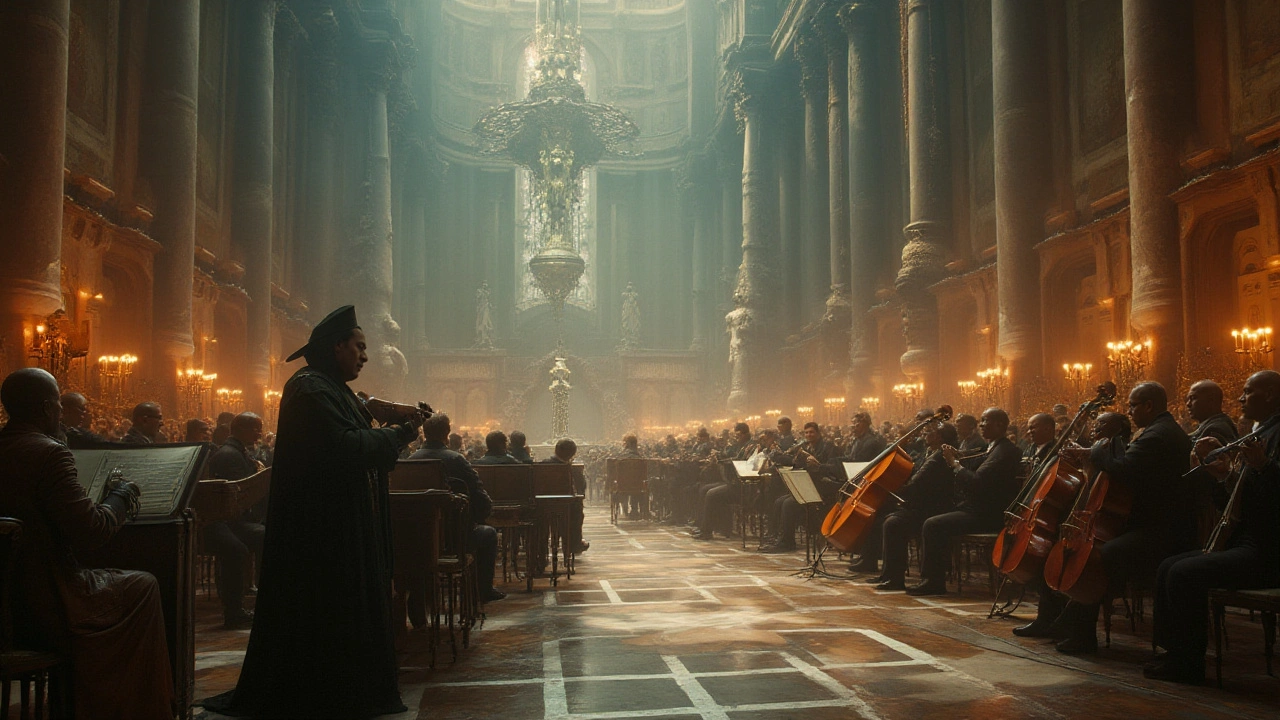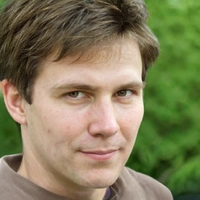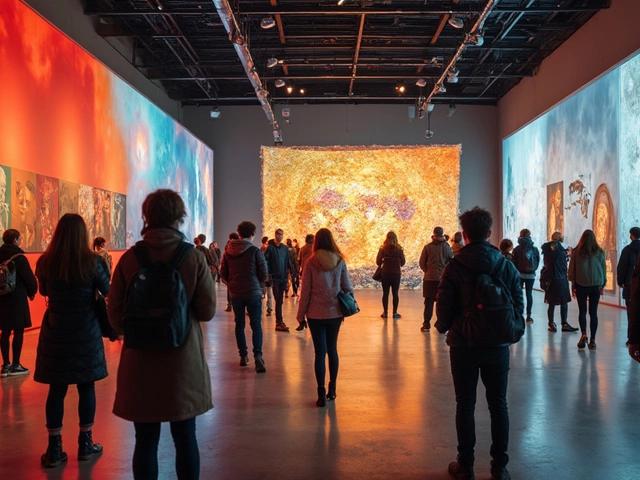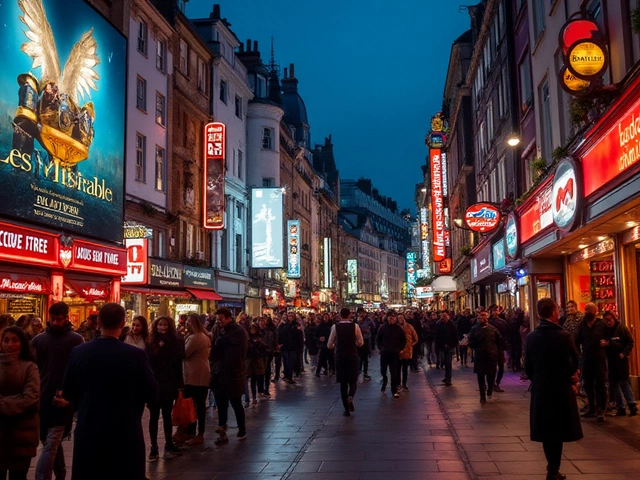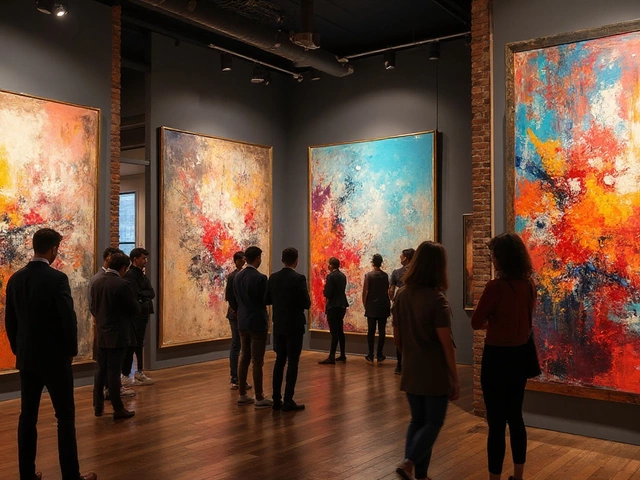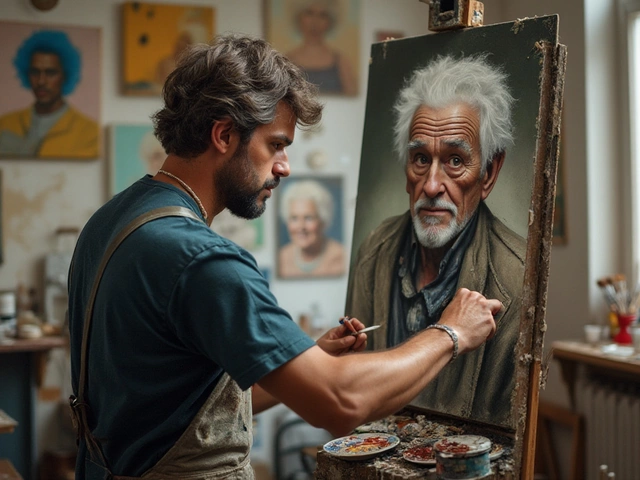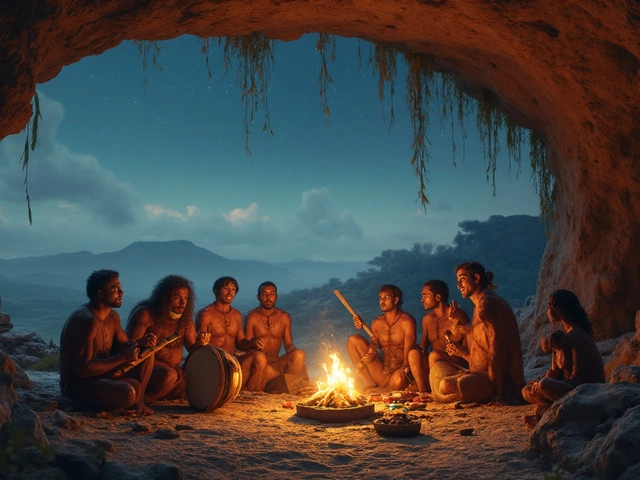The idea of a song lasting 1000 years might seem like a concept plucked from a science fiction novel, but it's very much a reality courtesy of the imaginative realm of experimental music. Composers and artists, continually pushing the envelope, bring forth creations that redefine conventional musical boundaries. One such endeavor is the extraordinary 1000-year piece that transcends time to offer a melody that evolves across generations.
Addressing the origin and implications of such an epic composition, the article navigates through the purpose and challenges associated with this unique musical journey. At its heart, this project is a groundbreaking exploration of time and sound, inviting us to rethink our relationship with music. How does one sustain a melody through centuries? Read on to discover the answers and the surprising philosophical insights this long-term project unveils.
- Origins of the 1000-Year Song
- Concept and Purpose
- Challenges in Execution
- Philosophical Implications
- Influence on Modern Composers
- Future Prospects and Audience Engagement
Origins of the 1000-Year Song
Imagine a musical piece designed to evolve longer than your lifetime or even the lives of several generations. Such is the grand ambition behind the 1000-year song, a creation attributed to contemporary artist and composer, Jem Finer. Finer, who was once part of the band The Pogues, diverged into the world of experimental music with his project Longplayer, which began playing at midnight on the 31st of December, 1999. This musical endeavor is a vast project which not only defies temporal constraints but also pursues philosophical aspirations, questioning the very nature of music and time itself.
Longplayer is built upon a fascinating music structure that traverses a millennium without repeating. Finer utilized a set of traditional Tibetan singing bowls, composing music within a system of six musical layers that are designed to unfurl over 1000 years. Each of these layers exists in perpetual interaction, creating an ever-shifting sonic landscape that continues to unfold at venues around the globe and online. The origin of this musical experiment is deeply rooted within the artist's desire to express an idea about longevity and sustainability in a way that words could not achieve. Finer himself has stated his inspiration came from
Concept and Purpose
The concept of the 1000-year song is both audacious and profoundly thought-provoking. Imagine a melody crafted with the intent to outlive the composers, performers, and generations that come after. This monumental piece, often referred to in experimental music circles, requires observers to consider time in an entirely new way. Rather than being constrained to a single performance or limited shelf-life, this project seeks to extend its reach across centuries, resonating with audiences who will experience it in vastly different cultural and societal contexts. By doing so, it invokes a sense of shared humanity through time, a collective musical thread linking the past, present, and future.
At its core, the purpose of the song is to challenge the transient nature of music and art as it is traditionally understood. It stands as an antithesis to our consumption-driven age where songs are released and forgotten in rapid succession. The composition embodies a patient unfolding, marking time with deliberate and minimal changes that invite deep listening and contemplation. This product of creativity and imagination allows creators and participants alike to consider not just the melody of the music, but the melody of life itself. A project of this magnitude forces us to reflect on our own temporal limitations, granting a momentary escape from the finite nature of existence.
Innovative Elements and Inspirations
The concept drew inspiration from the notion of long-term thinking, popularized by initiatives like the Long Now Foundation, which fosters responsibility to the long-term future of humanity. Artists involved in this project aim to provoke thoughts about sustainability, patience, and legacy. There's an inherent beauty in crafting something that will evolve and grow far beyond a single artist's lifetime.A widely respected composer once said, "Music, as profound as it is ephemeral, when stretched across centuries, offers us a chance to speak to eternity." This sentiment perfectly captures the essence of what the composers are striving to accomplish with the 1000-year song.
The role of technology in supporting and sustaining this project cannot be overstated either. With modern technology enabling precise programming and automated systems, the 1000-year piece becomes feasible. Digital archives and stable recording mediums ensure continuity, while future musical stewards preserve and adjust to cultural evolutions across ages. This seamless blend of art and technology showcases humanity's capacity for both creativity and technical prowess.
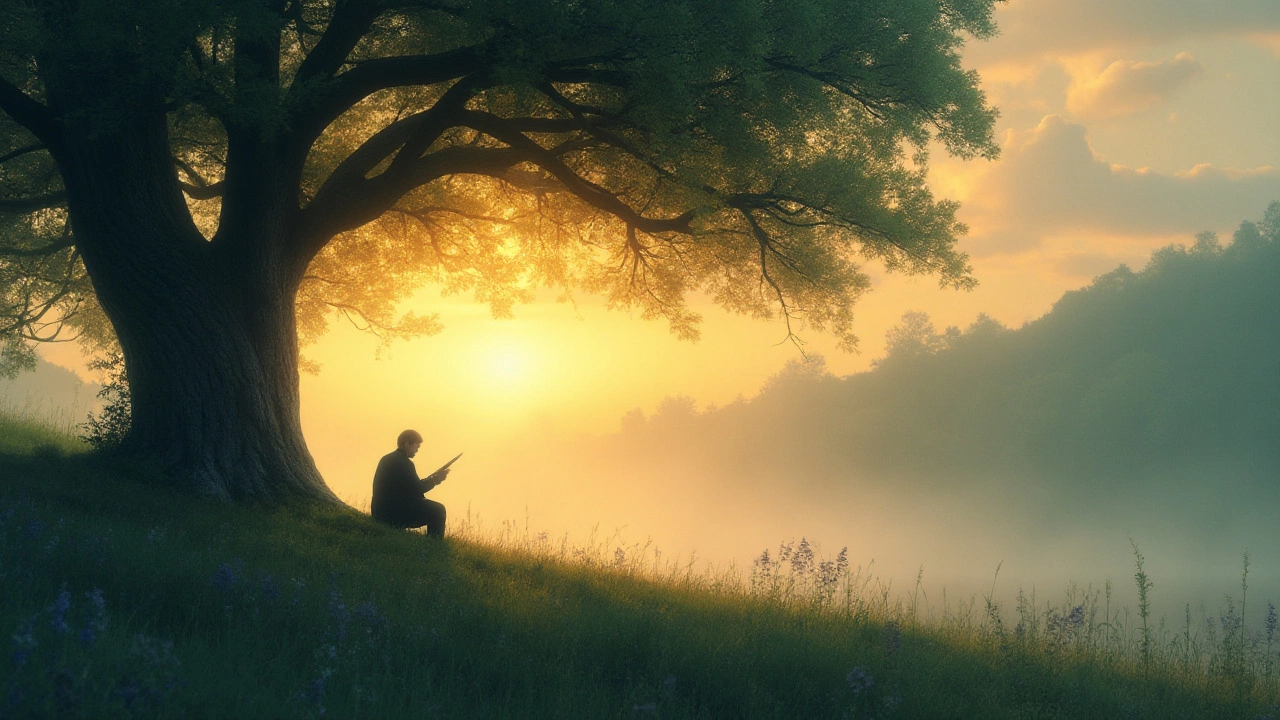
Challenges in Execution
The ambition behind a composition designed to last a millennium is matched only by the sheer complexity of executing such a project. The logistical dilemma starts with ensuring the durability of the physical and digital mediums that will carry the **1000-year song** through time. Traditional archives may not last through soc years, while digital storage formats risk obsolescence as technology evolves. Teams must regularly evaluate new storage technologies, balancing between longevity and adaptability, to guarantee the music remains accessible to generations yet unborn.
Another significant challenge encompasses the recurring involvement of performers. Imagine coordinating a seamless relay of musicians over centuries, each inheriting responsibility from their predecessors. Ensuring artistic continuity while fostering innovation within performers’ interpretations is critical for preserving the song's essence. This requires intricate documentation of the composition, along with periodic updates that reflect changes in musical style and cultural context. Intergenerational communication and an educational framework are essential in passing down insights and skills crucial to interpreting such a vast musical endeavor.
Beyond the mechanics of performance and preservation, there lies the challenge of audience engagement. Strong, sustained interest from the global audience base is paramount. Yet, how does one capture and retain attention for a storyline that unfolds over 1000 years? Creative strategies, such as incorporating tech trends like virtual reality and interactive listening experiences, are essential to bridging the gap between history and modernity. Like a symphonic baton, the significance of the piece lies in its temporal nature, demanding active participation and investment from audiences across epochs.
The renowned musicologist David Huron once said, "Music is the ultimate seed of time; it binds us to every moment we are yet to experience." His words resonate within projects like the **longest song**, symbolizing how music captures ephemeral human experiences, transcends mere auditory pleasure, and speaks to the heart of human continuity.
Financial sustainability introduces another layer of complexity. Securing a robust financial model to fund ongoing research, staffing, technological updates, and promotional efforts requires foresight and ingenuity. Crowdfunding, patronage, or creating endowment funds could offer viable solutions, but these strategies also necessitate continuous engagement and transparency to instill confidence within investors willing to support such a seemingly abstract legacy.
The regulatory and intellectual property landscape shifts across time and geography, posing another unforeseen challenge. Legal considerations surrounding such a project require adaptive frameworks that accommodate new interpretations and ensure the intellectual property is protected across multiple generations. Maintaining a living document that outlines the song's rightful ownership must be a priority, considering the evolving nature of global media rights and artist royalties.
Philosophical Implications
The notion of a song that will play out over an entire millennium challenges us to confront our understanding of music, time, and human expression. Unlike a traditional piece, the 1000-year song doesn't confine itself to the limits of a single lifetime. It explores the concept of creation beyond the immediate audience, resonating with a rhythm that imagines listeners in a distant future. As the compositional elements are set to unfold slowly over the centuries, this grand endeavor posits that art is not just for the present, but a gift for generations yet to come.
Digging into the philosophical depths, the creators seem to force upon us a meditation on patience and permanence. In a rapidly changing world, where instant gratification is a norm, the 1000-year song demands that we shift our perception. It prompts consideration of a world unburdened by irreversible outcomes or rushing progress. This relentless departure from predictability insists on the value of timelessness and endurance in an otherwise fleeting existence. The dedication required for such long-term artistry also reflects on human resiliency—how ever-resilient human nature desires to leave a permanent mark.
Moreover, there's a profound reflection on stewardship and the responsibility of one generation to maintain an organic cultural lineage. Unlike an ancient artifact in a museum, this piece breathes life into a continuum, defying the notion that art has an expiration date. It's an ambitious reminder that although our participation is temporary, our contributions are eternally reached into the tapestry of time. Philosopher Jean Baudrillard once noted,
"Time is a thing that we, as humans, do not have much time to understand, yet it’s the infinite we constantly try to escape."His thoughts resonate deeply with us as our current existence is often keen on immediate solutions, while this song invites us to reconsider the choices we make for posterity.
The legacy of the longest song extends into uncharted territories of existential inquiry. It raises questions about human civilization's future and stimulates us to envision an era where continuity may vastly differ from what we anticipate today. The planning involved in such an undertaking distinguishes it not as a stagnant relic but a living, breathing relic of ingenuity. As we craft strategies to ensure that this musical odyssey perseveres through the ages, we find ourselves intertwined in a dialogue about art's potential immortality. Within this unique journey lies a plethora of motivation, pushing composers, artists, and society to dare to imagine the seemingly impossible.
In contemplating the vast timeline of the 1000-year song, one cannot help but wonder, what if the purpose of art is not its immediate impact, but its ability to transcend time entirely? Its echoes will be heard, not just today or tomorrow, but in a yet-unimagined future. Such philosophical musings ignite a fascination with the broader narrative of human creativity. They remind us that while we may be ephemeral, our creations possess the remarkable power to outlive us, vibrating forever within the universe's sonic tapestry.
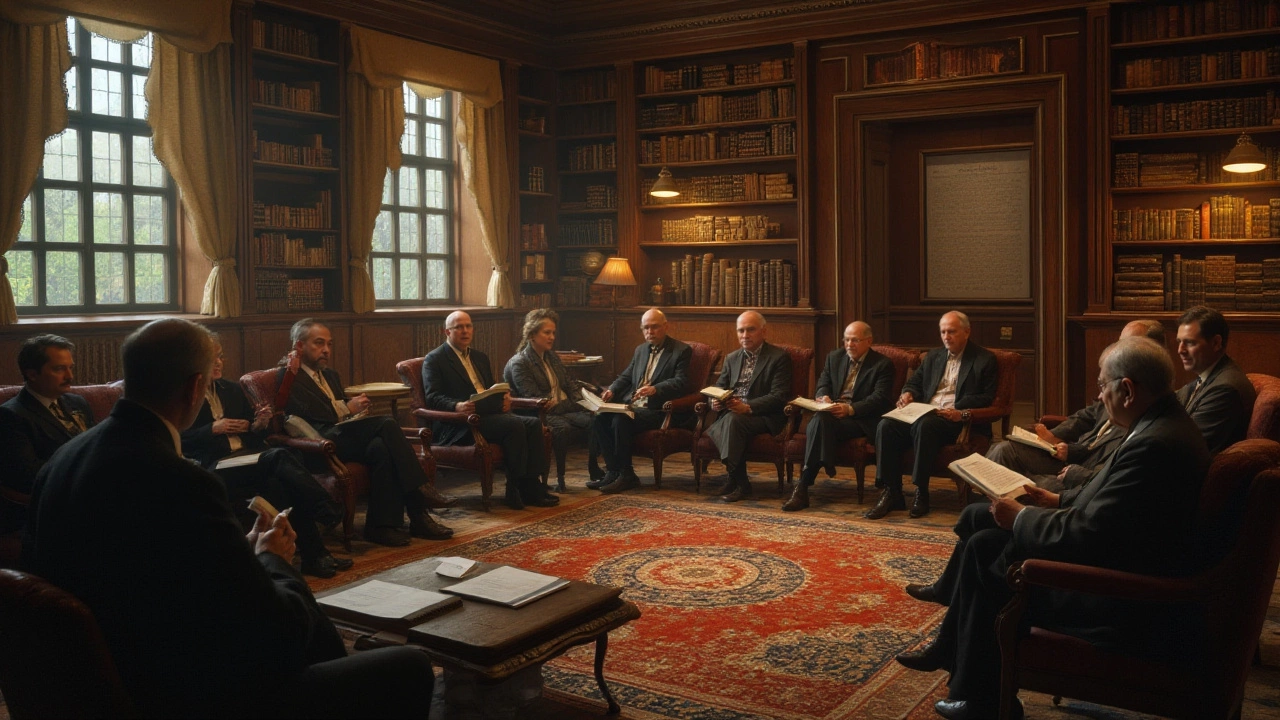
Influence on Modern Composers
The concept of a 1000-year song is not just an intriguing endeavor; it has profound repercussions on the landscape of modern music. Many contemporary composers find themselves captivated by the sheer magnitude and ambition of this project. It's a reminder that music can transcend the limitations of time, offering a canvas as vast as one's imagination. This daunting composition invites modern artists to think beyond the typical constraints, whether of duration, structure, or even purpose, ultimately encouraging them to explore music in its purest, most abstract form.
One notable influence of this experimental music is its inspiration for artists to incorporate long-term thinking into their work. For instance, Brian Eno, known for his ambient music innovations, describes his creations as investments in time, similar to planting seeds intended to grow over decades. Eno has stated, “A piece of music should be like a garden you can wander in,” which resonates with the nature of this long-term musical artwork. Through this approach, composers are motivated to envision compositions with a longevity mindset, focusing on evolution rather than immediacy, which in turn encourages them to think about the ongoing impact of their music.
Moreover, the 1000-year melody indirectly challenges musicians to consider environmental sounds and dynamics, as natural elements are ever-changing. This has led to an increased interest in intertextuality within pieces, where a composition might draw from the ebb and flow of its surrounding soundscape. Such interplay can change how listeners experience music, lending each performance a unique quality, much like a living concerto.
Additionally, the project’s presence in discussions has sparked new debates and ideas among conservatories and music schools. Students and instructors engage with the concept to explore time in music, leading to revamped curriculums that include teachings on minimalism and time-related challenges. These institutions aim to push students to break free from conventional norms, encouraging them to become creators who are as bold as they are innovative. Such changes hold the potential to shape the next generation of composers who might themselves aspire to craft compositions intended to last beyond a lifetime.
Interestingly, the influence of the longest song reaches beyond just structural boundaries, touching upon collaborative efforts across generations. Contemporary composers are increasingly exploring partnerships, involving others who might carry and adapt their musical visions, much like a baton in a relay. This nurtures a sense of collegiality and continuity; the work becomes an ever-evolving joint endeavor that can outlast its original creator.
Future Prospects and Audience Engagement
Looking into the future, the continued unfolding of the 1000-year song presents a fascinating journey not just for composers and performers, but also for audiences willing to immerse themselves in a transformative musical experience. As new generations come and go, each decade brings a fresh layer of engagement, as listeners partake in a living art form that bridges the past, present, and future. It's an unprecedented opportunity for audiences to become an integral part of a story that has been slowly evolving over centuries. In a digital age, this seems to stand in stark contrast, luring us away from the instant gratification often sought in short-form content. The slow, deliberate pace of a millennium-long song invites listeners to reconsider their relationship with time, prompting them to find meaning in the gradual unfolding of sound. Audiences become collaborators in this long-term creation, adding their interpretations and experiences, enriching the work as it moves forward through time.
The rise of technology offers useful avenues to enhance audience engagement with the 1000-year song. Imagine live-streaming events that broadcast segments to global audiences, or using augmented reality and virtual reality to create immersive listening experiences. These could bridge geographical distances and make the artwork accessible to a more diverse audience. With so much innovation at our fingertips, engagement isn't just about passively listening anymore; it can include interactive apps that allow users to manipulate certain aspects of the composition, personalizing their listening journey. Apps could offer insights into the piece's history, featuring interviews with both creators and past audience members, ensuring a multifaceted understanding of the project as it unfolds.
"We often forget that music is created to speak a language beyond words," reflects renowned composer John Cage, whose experimental approach to music continues to inspire generations. "By taking part in something as timeless as a 1000-year piece, we acknowledge and contribute to this universal dialogue."Engagement isn't just limited to technology, though. Off-line, interactive workshops and community events can cultivate a deeper connection by encouraging discussions around the philosophical and cultural implications of such an extensive composition. Collaborations with educational institutions can spark interest among younger generations, integrating the piece into music history curriculums and prompting students to analyze its development. Imagine students a hundred years from now, contributing to the project's evolution through academic research or even their musical compositions inspired by it. There's potential not only for continued engagement but for deep, meaningful interaction that spans continents and languages, feeding back into the ancient tradition of storytelling through music.
As for the future prospects, the organic growth and reinterpretation of this 1000-year song rely heavily on the continued efforts and dedication of artists, composers, and audiences alike. The piece itself will undoubtedly integrate new influences as society evolves. With this evolution, it presents the unique possibility of being a living historical document. By encompassing the entirety of society's shifts, this work might ultimately act as a testament to the timeless human endeavor to create, communicate, and connect across both time and space. Entire seasons, changes in culture, even shifts in political climates will be encased within this musical time capsule, to be discovered bit by bit as the years unfold. This rich tapestry of sound and history will ultimately offer an unparalleled venture through the ebbs and flows of humanity, wrapped within the most universal of languages: music.
